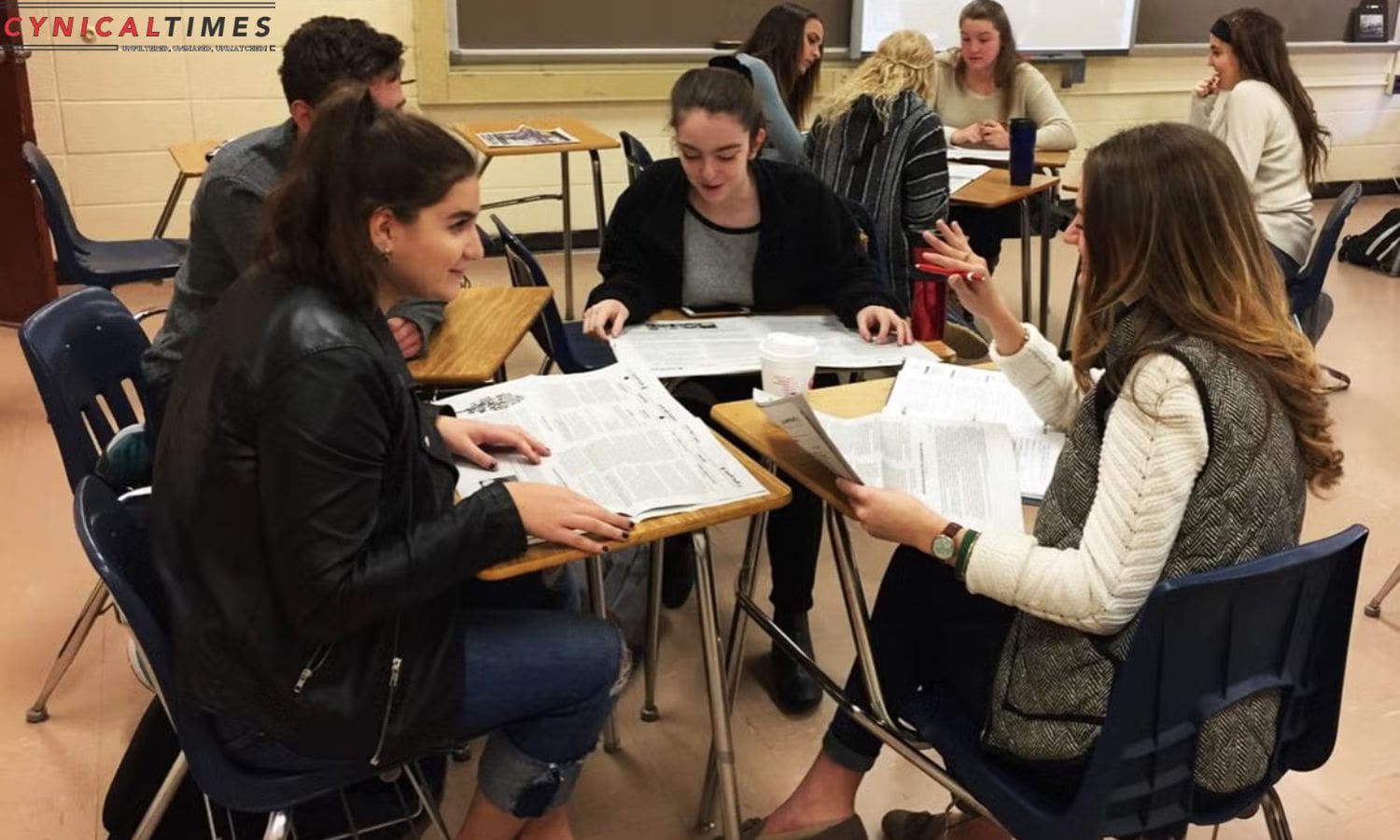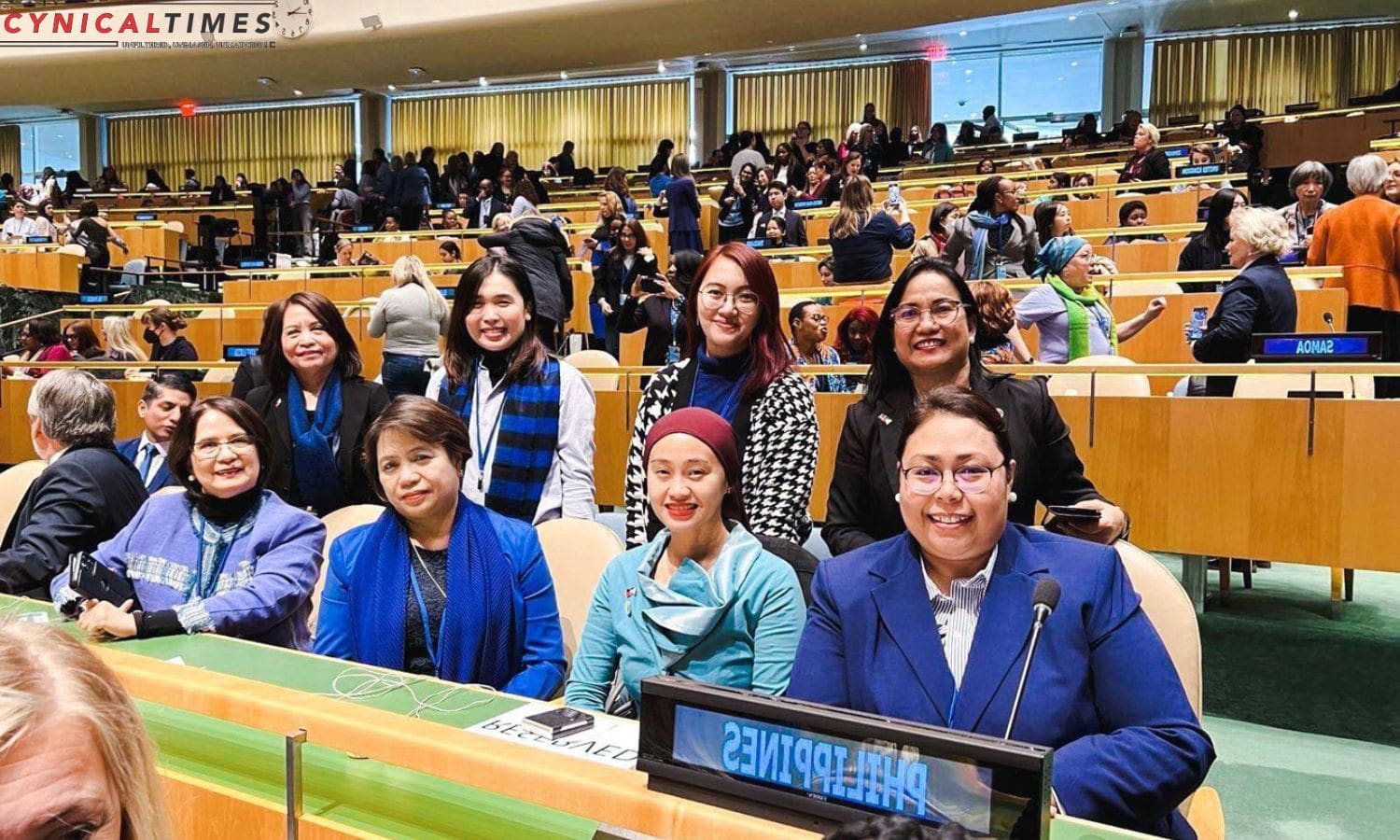California Media Literacy Revolution: California recently passed AB 873, a bill aimed at enhancing students’ ability to discern fact from fiction, particularly in the realm of social media. The legislation, signed into law on Oct. 13, was authored by Assemblymember Marc Berman and emphasizes integrating media literacy into core subjects across grades K-12, starting in January.
Martha Guerrero, director of instructional services at East Side Union High School District, underscores the challenge posed by the surge in online misinformation, exacerbated by artificial intelligence. The bill seeks to instill media literacy skills, enabling students to access, analyze, evaluate, and use information responsibly. Guerrero notes the growing importance of this amid the digital age, especially in the wake of the pandemic.
SB 830, enacted in 2018, paved the way for the California Department of Education to furnish school districts with online resources and instructional materials on media literacy. AB 873 takes a step further, bringing media literacy directly into classrooms by integrating it into the curriculum. Guerrero explains that once revised curriculum frameworks are released, the district will formulate an implementation plan.


Also Read: Samsung Galaxy S24 Unpacked: A Game-Changing Revelation in Tech
Research from SB 830 indicates that over 90% of young adults use social media, with a significant portion grappling with the discernment of fabricated news. A Stanford University study underscores the confusion among middle school students in distinguishing advertisements from news. The critical need for media literacy is emphasized by Glenn Vander Zee, superintendent of East Side Union High School District, who highlights the importance of students being able to critically evaluate information in an era of self-reinforcing social media.
Hilaria Bauer, superintendent of Alum Rock Union Elementary School District, stresses the integration of media literacy into technology and project-based learning for grades 6-8. This includes professional development for teachers and parental involvement in professional development to receive iPads. Bauer emphasizes that media literacy not only enhances academic skills but also contributes to the development of better citizens through critical thinking and socio-emotional awareness. The concerted effort in California reflects a proactive approach to equipping students with the tools to navigate the complex landscape of digital information.
Our Reader’s Queries
When did media literacy become a thing?
In the 1970s, media literacy education gained recognition as a crucial aspect of citizenship. It was seen as a way to exercise democratic rights and fulfill civil responsibilities.
What was the first country to embrace critical media literacy?
Prior to this, media education was typically taught by individual teachers and practitioners. However, Canada was the pioneer in North America to mandate media literacy as a part of the school curriculum.
What is media information literacy grade 12?
Media and information literacy is the foundation for comprehending media and its significance in our community. It equips individuals with vital skills such as critical thinking, analysis, self-expression, and creativity, which are crucial for active participation in a democratic society. MIL is an essential tool that enables citizens to make informed decisions and engage in meaningful discussions. By mastering MIL, individuals can navigate the complex world of media and distinguish between credible and unreliable sources of information. Ultimately, MIL empowers individuals to become responsible and informed citizens who can contribute positively to society.
How do you teach media literacy in the classroom?
When teaching media literacy, it’s important to encourage students to avoid knee-jerk reactions to headlines. Before sharing or retweeting anything, they should take the time to read the entire article and investigate the source. It’s also important to explain that just because something is biased doesn’t necessarily mean it’s false. Finally, portray the media as a trusted ally of the people, and emphasize the value of experience and wisdom in navigating the complex world of news and information.

